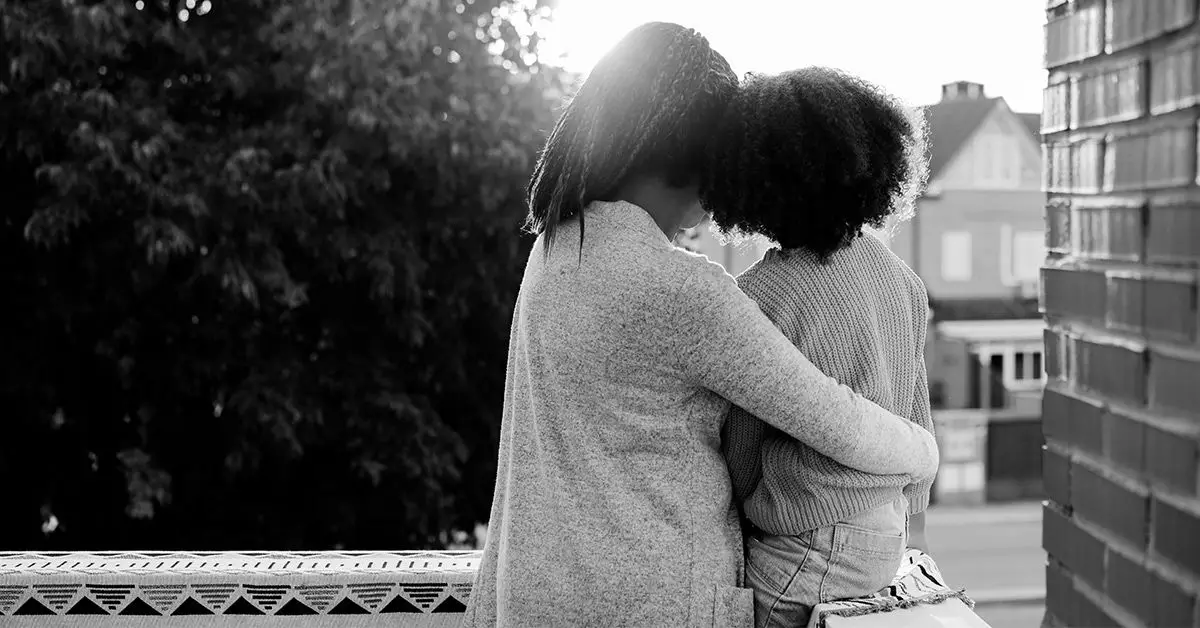Childhood breast cancer is an extremely rare condition, but it can still occur in children, causing lumps in their upper chest. While most breast lumps in children are benign, it is crucial to consult a healthcare professional if any changes in a child’s breasts occur. This article will delve into childhood breast cancer, exploring its symptoms, potential causes, diagnosis, treatment, and overall outlook for the disease.
Breast cancer in children may present several symptoms, including the development of a lump or thickening in or near the breast or underarm, changes in the breast’s size or shape, puckering on the breast skin, having an inverted nipple, nipple discharge (including blood), scaly, swollen, or discolored skin on the nipple, areola, or breast, and dimpled breast skin resembling an orange peel. If a person notices any new lumps or growths on their child’s chest, or if they suspect symptoms of childhood breast cancer, it is essential to contact a doctor promptly.
While breast cancer primarily affects biological females and risk increases with age, children can develop noncancerous breast lumps known as fibroadenomas. Some potential risk factors that may increase the likelihood of childhood breast cancer include previous chest or breast radiation treatment for another cancer, a family history of breast cancer, especially in parents or siblings, inherited genetic changes to the BRCA1 or BRCA2 genes, and other genetic mutations associated with breast cancer.
To diagnose childhood breast cancer, a doctor will gather information about the child’s medical history and conduct a thorough physical examination. Imaging tests such as X-rays, MRI, or CT scans may be ordered, and a biopsy may be performed to determine if cancer cells are present in a lump. Treatment for childhood breast cancer varies based on the specific tumor type. Benign fibroadenomas may require no treatment and disappear on their own, while malignant breast cancer typically involves a combination of surgery and radiation therapy. New targeted drug therapies may also be used in some cases.
The outlook for children with breast cancer is generally positive, especially with early detection and appropriate treatment. Around 87 in 100 children with breast cancer survive, and survival rates have significantly improved over the years. Unlike adults, children do not typically undergo routine cancer screenings due to the rarity of childhood cancers. However, children with a family history of cancer or specific genetic mutations may require closer medical monitoring to detect early signs of cancer.
Several charities and nonprofit organizations offer support and resources to children with cancer and their families. These organizations can provide valuable information, emotional support, and assistance throughout the child’s cancer journey. It is essential for families dealing with childhood breast cancer to reach out and seek help from these organizations to navigate the challenges associated with the disease.
While childhood breast cancer is rare, it is essential to be aware of the symptoms, potential causes, diagnosis, and treatment options available. With early detection and appropriate intervention, the outlook for children with breast cancer is generally positive. By staying informed and proactive, families can ensure the best possible outcome for their child’s health and well-being.

